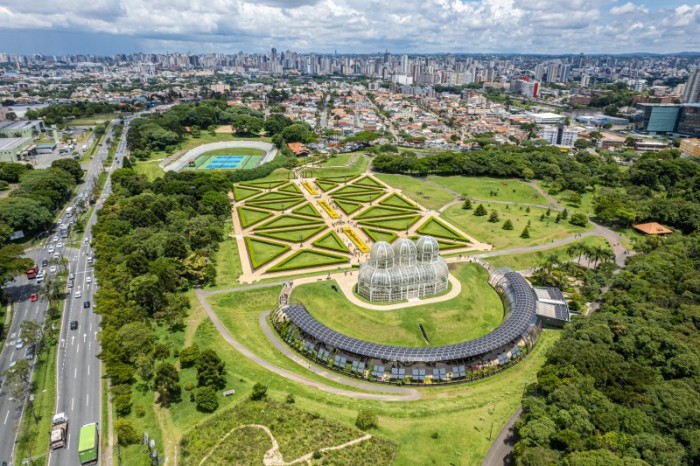The global tourism scene is being reinvented by 2025, driven by travellers looking for more personalised, authentic and responsible experiences. Studies carried out by Amadeus and Skyscanner confirm the emergence of a demanding clientele, attracted by innovation and respect for the environment. Against this backdrop, Latin America has considerable potential to establish itself as one of the leading tourism regions of the future.
The rise of a traveller in search of ultra-personalised experiences
Airlines are moving towards an à la carte offering that puts personalisation at the heart of the journey. Reports on “Personalized Flying” suggest that passengers want to be able to configure their entire journey from the moment they book, with special menus, equipped work areas, immersive virtual reality entertainment and high-speed Wi-Fi. In Latin America, the growth of international hubs such as Mexico City, Bogota, Panama and Lima is accompanying this trend, offering an ever-increasing number of routes and technological services tailored to a demanding international clientele.
Our article: 5 trends in cabin equipment and entertainment for 2025
A pioneering hotel industry: between eco-responsibility and cultural immersion
The Amadeus “Trailblazer Hotels” study highlights innovative establishments that focus on eco-responsible design and social commitment. In several Latin American countries, this approach is reflected in the use of local materials, sustainable water and energy management systems and the integration of neighbouring communities into the life of the hotel. Travellers are looking not only for comfort, but also for cultural immersion: typical cooking workshops, exhibitions of regional crafts or concerts of traditional music. The hotel becomes an experience in its own right, a symbol of the dynamism of the Latin American hotel industry.
The quest for authenticity: human encounters and local traditions at the forefront

According to “Connections IRL”, the need to reconnect with people is reflected in a growing interest in homestays, tours guided by local experts and intercultural exchanges. In Latin America, the plurality of languages, the wealth of customs and the diversity of regional festivals provide an ideal breeding ground for this type of participatory tourism. Whether it’s celebrating carnival in Brazil, learning Andean dances in Peru or sharing a traditional meal in Mexico, travellers are putting a premium on authenticity and genuine encounters with the local population.
The ‘best value’ phenomenon: flexibility and the hunt for bargains
Skyscanner’s analyses highlight the rise of a public keen to control its budget without sacrificing quality. Flight comparisons, off-season offers, packages combining accommodation and activities: the strategy of the “thrifty traveller” is based on flexibility and planning. In Latin America, this trend benefits from a wide range of prices, from youth hostels to top-of-the-range resorts, attracting both backpackers looking for adventure and families looking for a more organised and comfortable stay.
Wellness tourism and astro-tourism: booming new niches

The Skyscanner reports also highlight the boom in wellness tourism (yoga holidays, detox retreats, natural spas) and astro-tourism, driven by a growing curiosity about science and nature. The Atacama Desert in Chile has become one of the leading destinations for stargazing, thanks to the exceptional quality of its skies. Similarly, the volcanic and forested regions of Latin America lend themselves particularly well to rejuvenating experiences, whether centred on relaxation, exploration or reconnecting with biodiversity.
Our article: Discover astrotourism in Chile
Between development and preservation: the challenges of sustainable growth
The enthusiasm for Latin America does, however, raise some major challenges. Transport infrastructure needs to keep pace with the growth in tourism, particularly in remote areas with unspoilt landscapes that are difficult to access. Local players are increasingly sensitive to the environmental impact of tourism: eco-hotel accommodation, limiting the use of plastic and training guides specialising in ecotourism are now part of the strategy of many destinations. Preserving natural sites and cultural heritage is becoming essential to maintaining the region’s appeal over the long term and preserving the richness for which it is renowned.
With 2025 on the horizon, Latin America is preparing to enter this new era of tourism with ambition and creativity. With its emphasis on personalisation, commitment to the environment, cultural immersion and diversity of offerings, the region is emerging as a promised land for travellers in search of meaning and authenticity.
Sources: Skyscanner: Travel Trends 2025 / Amadeus and Globtrender: Travel Trends 2025






